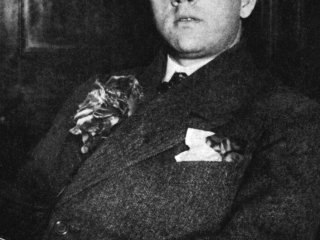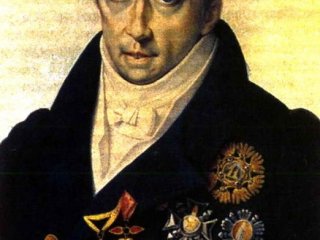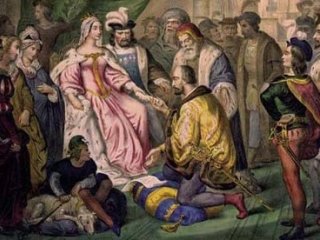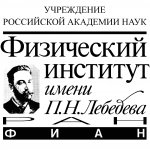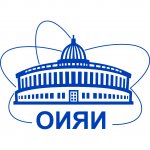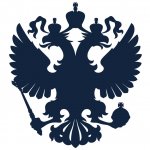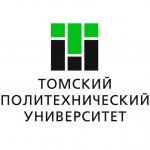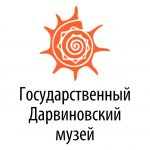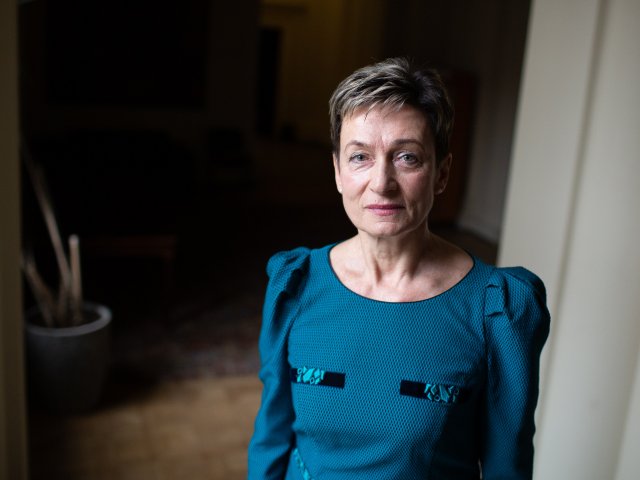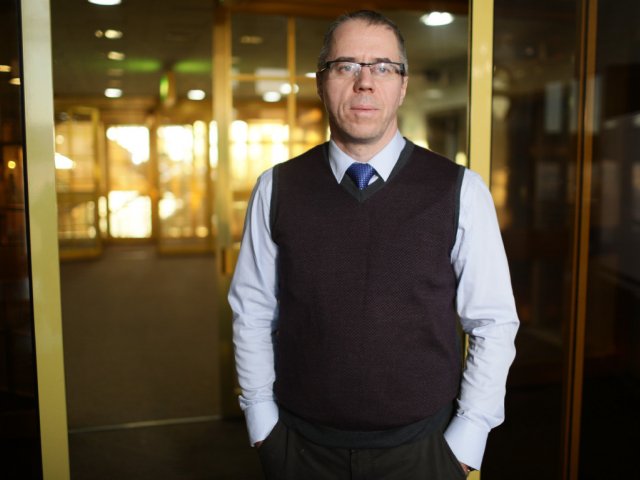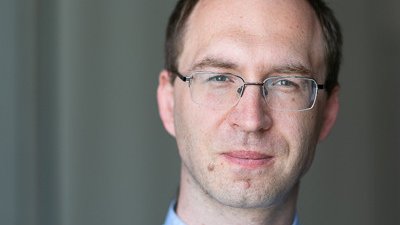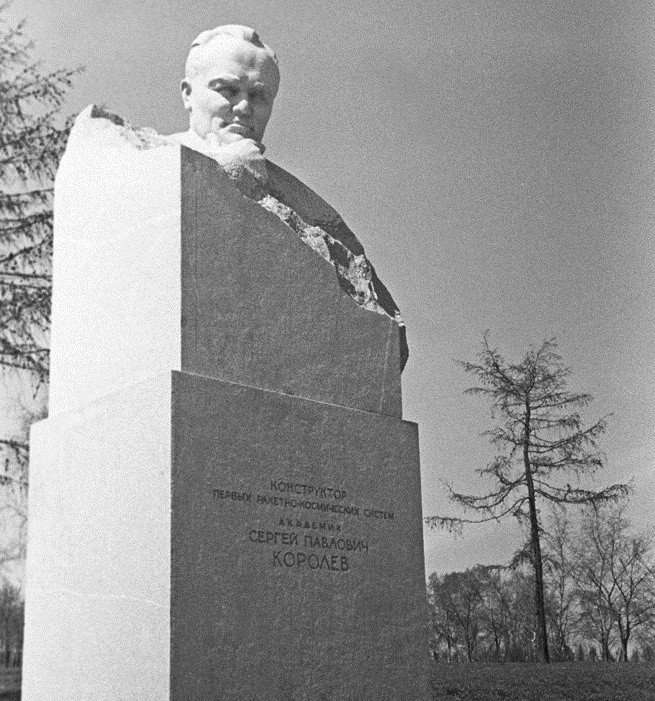
Now, there is a museum in the house where Korolev was born. But in Nezhin, where Sergei lived with his grandparents at a tender age, there is no memorial plaque. But they should have installed it, because it was here that the preschooler Sergei Korolev got captivated with aviation for the rest of his life. The idea was introduced by Sergei Utochkin – the first Russian pilot performed a demonstration flight in Nezhin. The same summer, Sergei, who was not yet five, made an airplane model. Since then, Sergei Korolev got interested in everything that flew. Galloping through a passion for gliding, he got extremely interested in stratosphere flights and jet propulsion. Together with Zander, Sergei Korolev established the Group for the Study of Reactive Motion (GIRD) at Osoaviakhim. Korolev was ready to work for free from morning till night. Later, GIRD and the Leningrad Gas Dynamics Laboratory were transformed into the Rocket Research Institute, where Korolev headed the Rocket Aircraft Department. By the time, he had already launched the first ballistic missiles, and a bit later tested the first missiles that we would now call cruise missiles. Then there was the arrest, the Kolyma, work with Tupolev and Glushko in prison research institutes... Korolev was rehabilitated only in 1957 – the year when the first artificial satellite of the Earth was launched. But before that, he studied V-2 missiles and worked on long-range ballistic missiles. One of Korolev's key subordinates, Mikhail Tikhonravov, once remarked in a conversation with him, “I can explain to my students how to build a rocket for space flight, what its technical characteristics are, how an astronaut will feel during a space flight… I can answer all their questions, except for one: why go to space?” Korolev had an answer: only space could give the country a perspective – teach it high technologies, test these technologies and make them work for Earth. Korolev explored space at a fast pace: a satellite in 1957, a rocket towards the Moon in 1959, an interplanetary station to Venus in February 1961, then to Mars. Everyone knows what happened on April 12, 1961. To this day, Gagarin's flight is considered the most important event of the twentieth century that happened in the USSR. And this triumph was only one of Korolev's stages: Titov, Nikolaev, and Popovich took off after Gagarin, then Valentina Tereshkova broke the male monopoly on being a cosmonaut, then there was the first group flight and the first human spacewalk... Sergei Pavlovich started the work on the long-term orbital station and the lunar program, but did not complete it: the disease ruined his plans. He did not survive a serious surgery.
